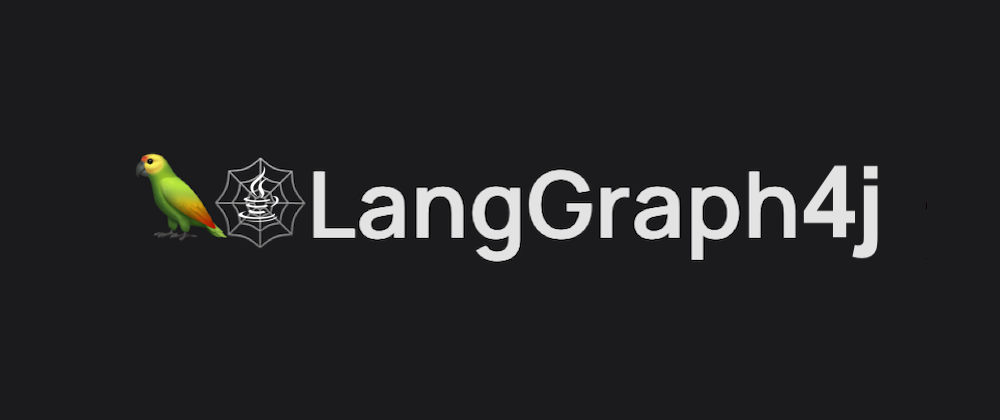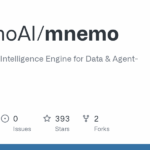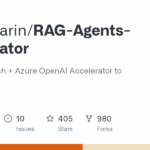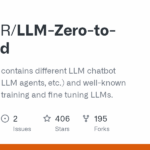langgraph4j
Basic Information
LangGraph4j is a Java library and framework for building stateful, multi-agent applications that orchestrate Large Language Models (LLMs) and custom Java logic. It lets developers define cyclical graphs of nodes and edges where a shared AgentState flows through nodes that perform actions such as LLM calls, tool execution, or business logic. The project targets integration with existing Java LLM ecosystems, notably langchain4j and Spring AI, and provides abstractions for state schemas, reducers, channels, synchronous and asynchronous node actions, and conditional transitions. LangGraph4j includes tools for compiling graphs into runnable artifacts, running graphs in streaming or invoked modes, and persisting execution checkpoints. It also ships an embeddable Studio web UI for visual inspection and debugging of graphs.








